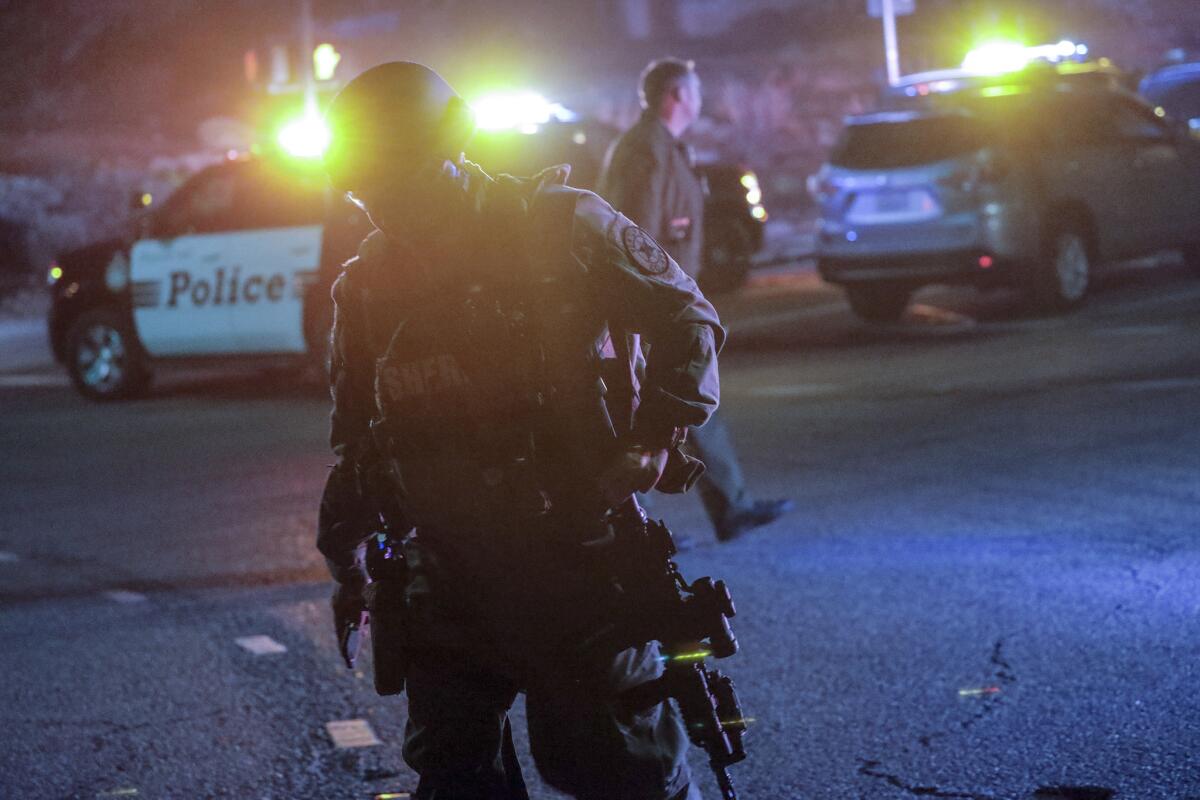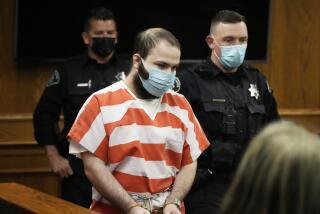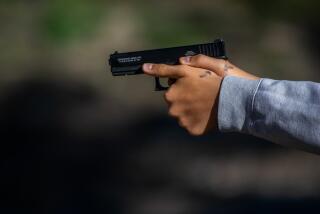Ventura County district attorney’s office releases new details on Borderline mass shooting

- Share via
A Ventura County district attorney’s report released Thursday on the 2018 mass shooting at a packed Thousand Oaks bar reveals new details from the scene and background on the gunman’s mental state.
Borderline Bar and Grill was hosting line-dancing classes for college students as young as 18 and two birthday parties for newly 21-year-olds when a former U.S. Marine machine gunner opened fire about 11:20 p.m. Nov. 7, 2018. Ian David Long, 28, was armed with a folding knife and a .45-caliber Glock with a laser sight attached.
Patrons quickly took cover, crouching behind pool tables and in bathroom stalls; some used bar stools to break second-story windows to flee the building by jumping.
More than 200 patrons and employees were inside when Long began firing. The rampage left 12 dead, including Ventura County Sheriff’s Sgt. Ron Helus, who engaged in a gunfight with the assailant, and 18 injured.
When Long entered the Borderline, he tossed smoke bombs — of which he had 10 — and fired two high-capacity magazines of 30 shots each into the crowd, Ventura County Sheriff Bill Ayub said in a 2018 news conference.
Long spent the next few minutes maneuvering through the thick smoke looking for victims and shooting them as he found them. Soon after, he made his way to the front office where a monitor displayed live video feeds from the bar’s nine security cameras.
While there, Long frequently checked his social media, the report stated. He even posted twice during the massacre.
He wrote that he hoped people would refer to him as “insane” and openly mocked the “thoughts and prayers” frequently offered in public statements and on social media after mass shootings. One post was prewritten and another was composed at the scene, according to the report.
Detectives later found a handwritten note from Long that read, “NO Funeral,” while searching his home.
Long’s behavior long concerned former teachers, roommates and neighbors, and even drew the police to his door. When Long was a toddler, his parents separated and later divorced; his father died when he was in the fifth grade.
Long lived with his mother, who moved around for work. Eventually they moved to Newbury Park, where he lived when the Borderline shooting occurred.
Long had enlisted in the Marines in 2008 and was honorably discharged in 2013 with the rank of corporal. His service included a seven-month deployment to Afghanistan in Operation Enduring Freedom.
U.S. Department of Veterans Affairs had no record of Long receiving medical or mental health-related treatment, according to the FBI, but authorities had speculated that he suffered from post-traumatic stress disorder.
The report released Thursday confirmed it.
Long received physical and mental health treatment from Kaiser Permanente from 2015 to 2016, according to the report. He was diagnosed with adjustment disorder with mixed anxiety and depressed mood, PTSD, combat and military operational stress reaction, and chronic pain.
Long had a few contacts with the Ventura County Sheriff’s Office before the mass shooting, including a traffic collision in 2006, a bar fight in 2015 and a welfare check in 2018. Long told the deputies that he had injured his left shoulder in a motorcycle accident, which prevented him from finding employment or reenlisting in the military. A mental health crisis team conducted an evaluation but determined Long did not meet the criteria for involuntary hospitalization.
The report also recounted details on the gunfight between Long, Helus and California Highway Patrol Officer Todd Barrett. The latter two, along with CHP Officer Lidia Espinoza, were the first to arrive on the scene, just minutes after Long began shooting. Long was monitoring their whereabouts from the security video in the front office and ambushed Barrett and Helus from the office doorway.
Barrett retreated to the front stairway, but Helus had fallen and crawled to the entrance. As he was standing back up, Helus was struck by one of Barrett’s gunshots, according to the report. Helus managed to reach an alcove outside the front entrance, rolled on his back and continued firing at Long. Long was not struck by any shots fired by authorities, but Helus was struck by five bullets from Long.
The 29-year veteran of the department who planned to retire in a year or two was pronounced dead at a hospital. The fatal bullet was from Barrett’s .223 rifle, which perforated Helus’ heart. The district attorney’s office determined Barrett’s deadly use of force was justified.
Authorities found Long’s body in the front office with a single gunshot wound. Autopsies confirmed that Long shot himself through the chin, penetrating his brain. Traces of marijuana, caffeine and tobacco were found in his system from toxicological testing, according to the report.
More to Read
Sign up for Essential California
The most important California stories and recommendations in your inbox every morning.
You may occasionally receive promotional content from the Los Angeles Times.











